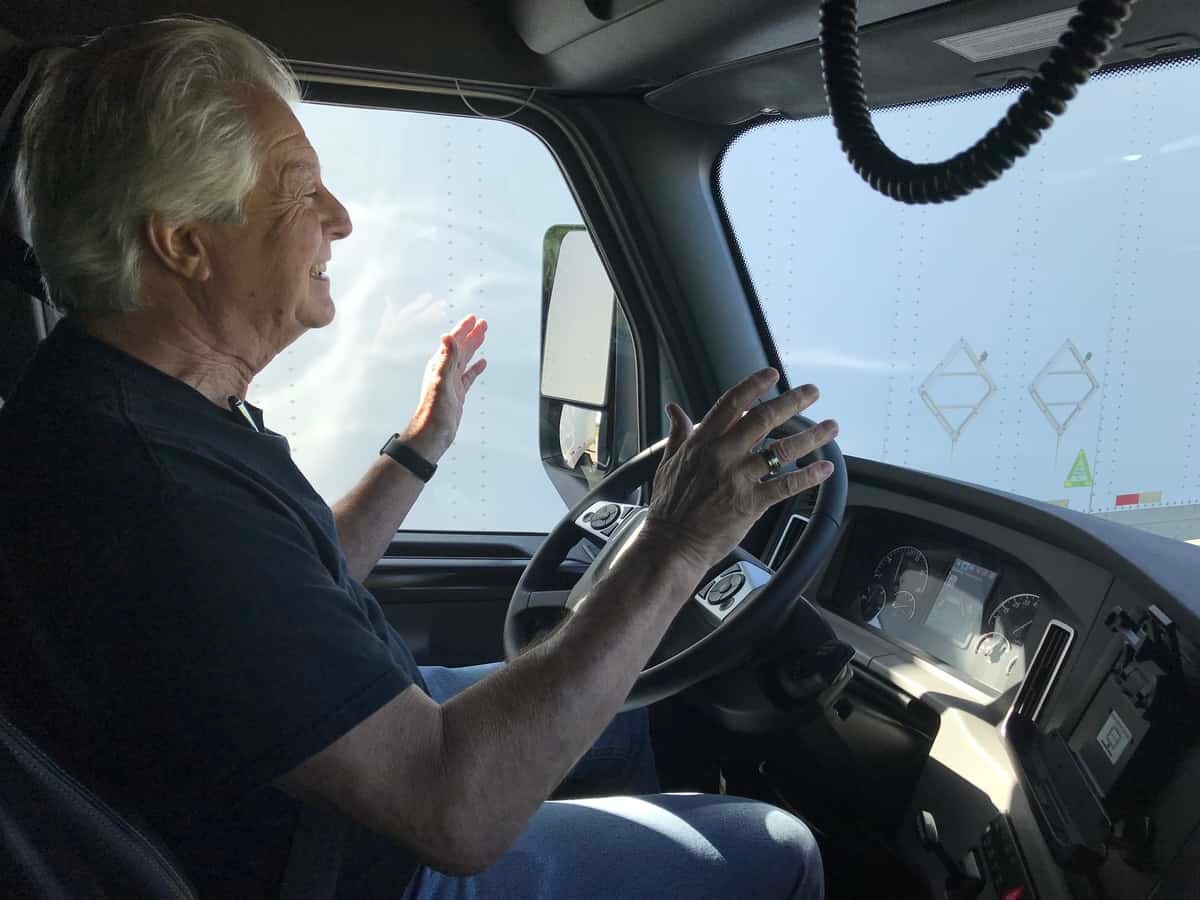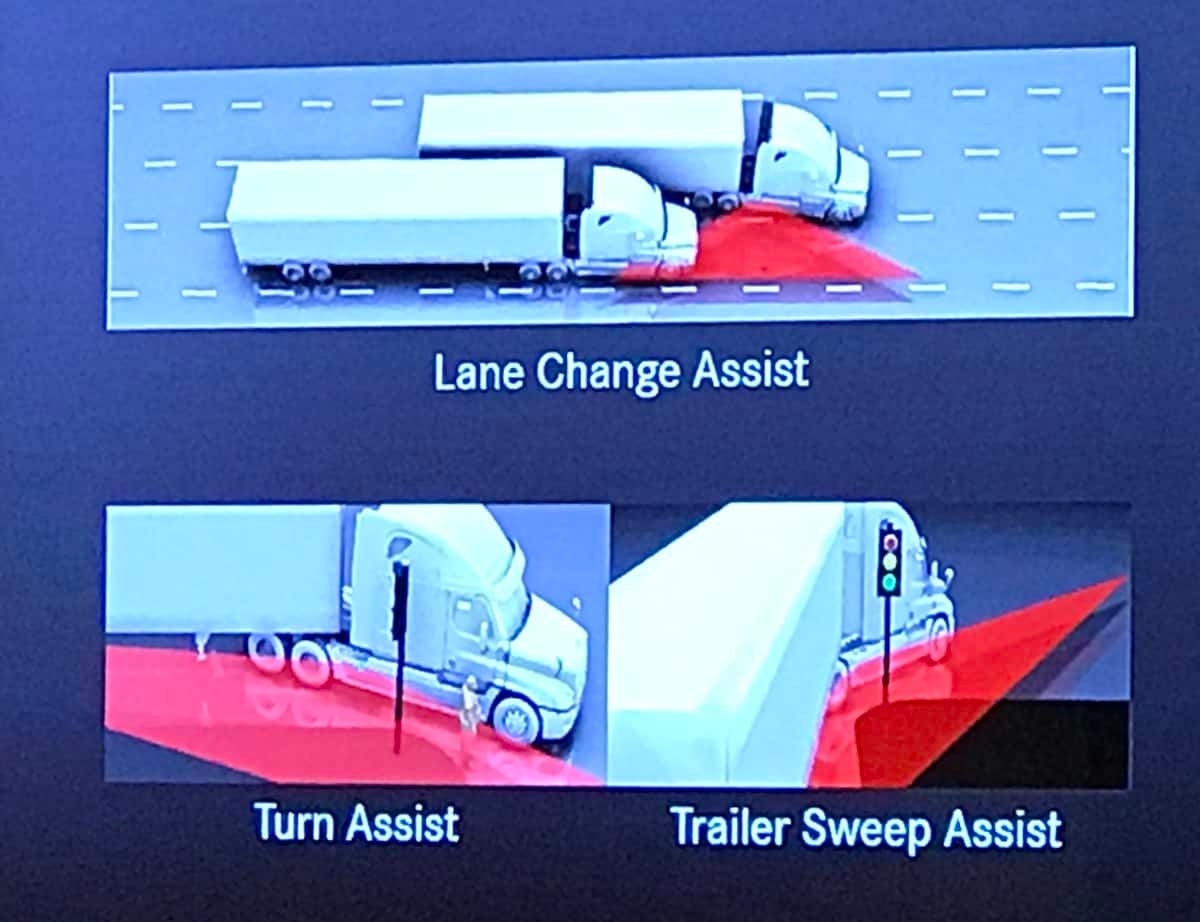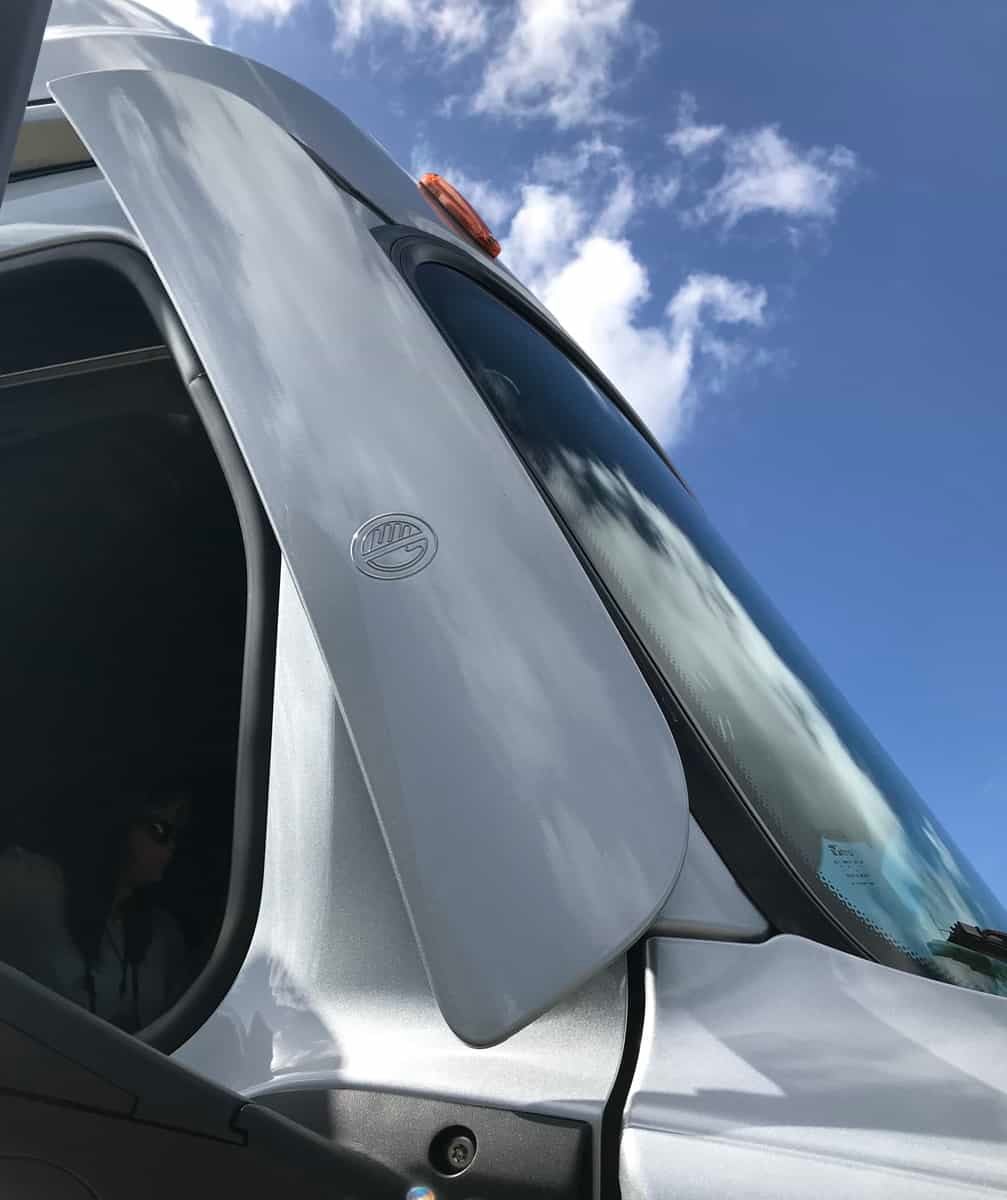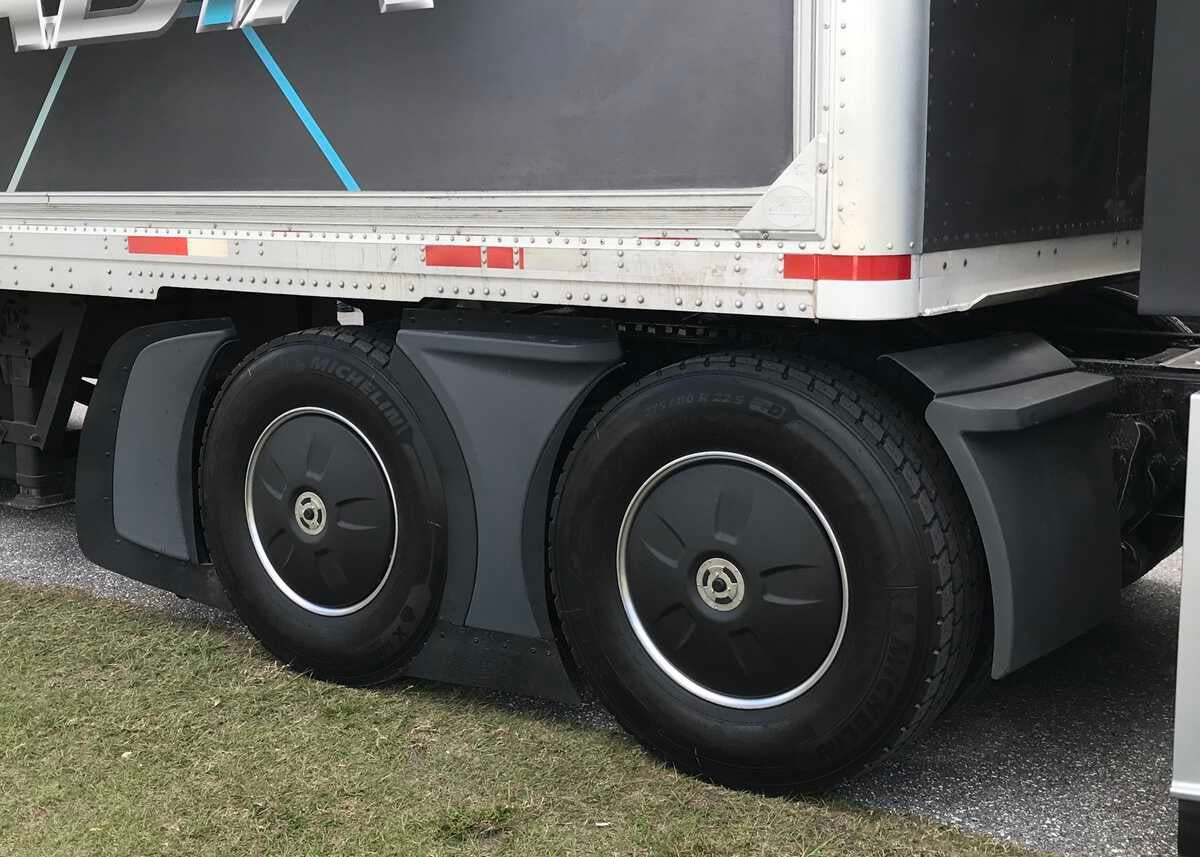Already the undisputed Class 8 sales leader, the 2020 Freightliner Cascadia arriving this fall is a technological tour de force that allows the truck to do most of the work of driving.
For fleets focused on fuel savings, an optional aerodynamic package smooths the exterior and closes gaps on the cab and chassis to push wind up and over the truck. The result is up to 5 percent better fuel efficiency than the comparable 2019 model. The latest-generation Cascadia gets 35 percent better fuel efficiency than the first-generation model from 2007.
Basic Specs
The 2020 Cascadia from Daimler Trucks North America comes in six configurations, ranging from a 116-inch day cab to a 126-inch sleeper cab with a 72-inch raised roof.
Four engine options feature between 350 to 605 horsepower with up to 2,050 pound-feet of torque. The gross combination weight (GCW) of the tractor and a loaded trailer is a maximum of 60,600 pounds.
The standard Detroit DT12 automated transmission features predictive cruise control. The engine holds constant torque over subtle grades a driver may think are flat to reduce unnecessary engine load.
First to Level 2 automation
The big story of the 2020 Cascadia is its automated driving assistance system (ADAS), named “Best Transportation Technology” at the 2019 Consumer Electronics Show. Cascadia is the first production truck that can accelerate, decelerate and steer by itself.
The ADAS system qualifies as Level 2 partially automated technology as defined by the National Highway Traffic Safety Administration (NHTSA). Level 2 automation requires the driver to stay engaged and monitor the environment at all times.
The optional system designed by Daimler’s Detroit engine and technology unit integrates antilock brakes with cameras and radar signals to keep the vehicle in its lane and automatically regulate the speed from 65 mph to zero without the driver taking action.
Bumper-mounted radar and a high-definition camera at the top of the windshield work together to track up to 40 objects at a range of about 800 feet. The radar prioritizes six objects. The camera focuses on four. The data feed refreshes about 200 times per second.
Hands and feet
Adaptive cruise control (ACC) combined with predictive cruise control makes better use of kinetic energy and minimizes brake use. The ACC automatically sets a following distance of 3.6 seconds. A driver manually can adjust it to as little as 2.4 seconds.
A driver can keep his feet on the floor and remove his hands from the steering wheel for up to 15 seconds. The rest of the time he can rest his hands on the wheel as it steers by itself.

“This is very easy to get used to and relieves a lot of the stress of driving,” said Steve Sturgess, a veteran driver who test drove the 2020 Cascadia earlier this year.
Looking for hip movements
In rush-hour traffic congestion, the truck will creep along without driver intervention. If traffic stops, the truck will stop and hold its place. If traffic resumes in less than two seconds, the truck will begin moving too. Longer stops require the driver to hit a button on the steering wheel.
When pedestrians are present, the system’s camera looks for hip movements because someone focused on a smartphone is typically not moving his arms. The driver gets visual and audible warnings when a pedestrian enters the truck’s path. The automatic emergency brakes pulse. If the driver doesn’t take action, the truck stops itself.
Stay in your lane
The Cascadia’s optional lane-departure warning system activates above 37 mph. The camera system detects reflective paint and raised reflectors in lane markers. Crossing a lane without a turn signal activates a visual warning on the instrument panel and an audible warning from the left or right. If the driver ignores the warnings, the brakes nudge the truck back into its lane.

When the system detects an object on the passenger side, a yellow triangle illuminates in the right-side pillar and on the driver’s information display. If the driver drifts to the right or indicates a right-side lane change, the display turns red and an audible warning sounds.
With the adaptive cruise control system activated, a lane-keeping assist feature uses small movements to center the Cascadia within its lane. The system works at all speeds, but sharp curves can baffle it. The driver can disable the function.
Daimler developed its first ADAS system in 2014. The latest version is called Detroit Assurance 5.0. Many competitors use the Wingman Fusion system from Bendix Commercial Vehicle Systems or ADAS offerings from Wabco Holdings Inc. or ZF Friedrichstrafen.
Aerodynamics
Every 2020 Cascadia comes with a standard A-pillar deflector that moves air down the side of the tractor. The deflector also helps keep side windows clean.

On the bumper, tow hook covers reduce the amount of air entering the front of the truck.
Optional aerodynamic features include 20- or 24-inch sealed side extenders that smooth airflow from the cab to the front of the extenders. A roof fairing deflector follows the path of the side extenders to improve airflow between the top of the truck and trailer. Wheel fairings close the gap between the tandem tires and the side of the truck. The front bumper is only 4 inches off the ground. It snaps back into place if dislodged.

Freightliner claims its optional system that automatically lowers the suspension height of the cab 1 inch at 55 mph is an industry first. At highway speeds, the truck rides lower, reducing drag from air moving under it. At 45 mph, the truck returns to its original ride height.
About three of four 2020 Cascadia orders include the standard Detroit Assurance 5.0 system, a Daimler spokesman said. The company is conducting demonstration events around the U.S. to introduce customers to the optional safety and fuel-saving systems.







